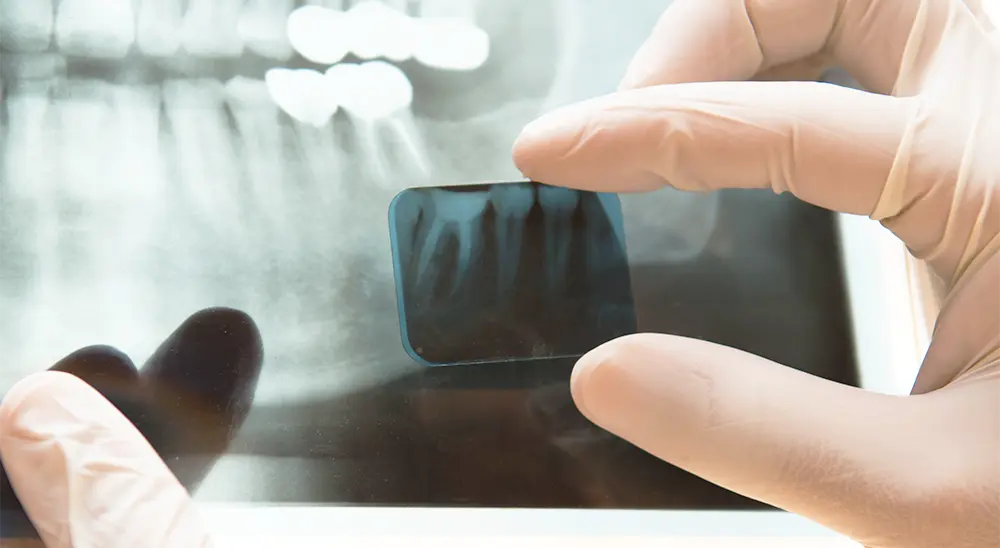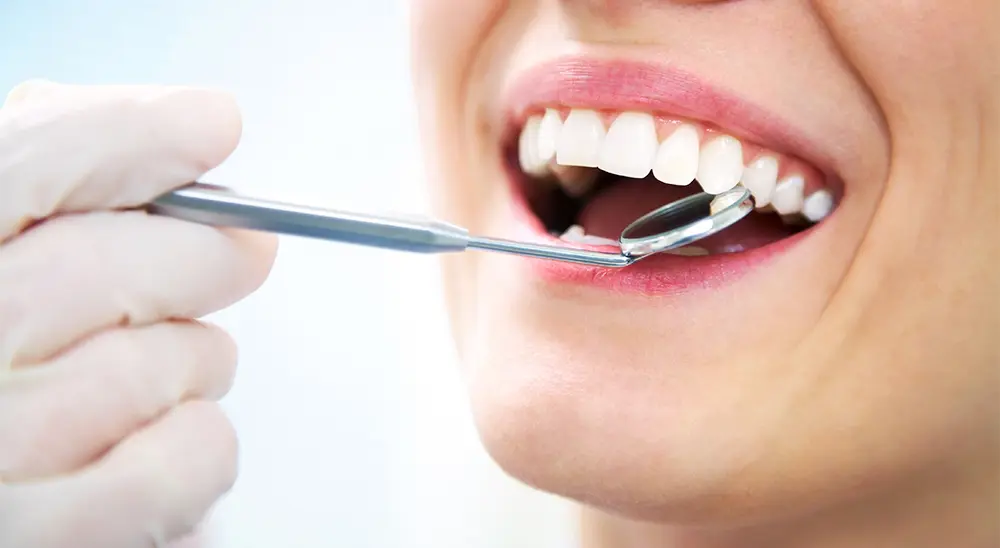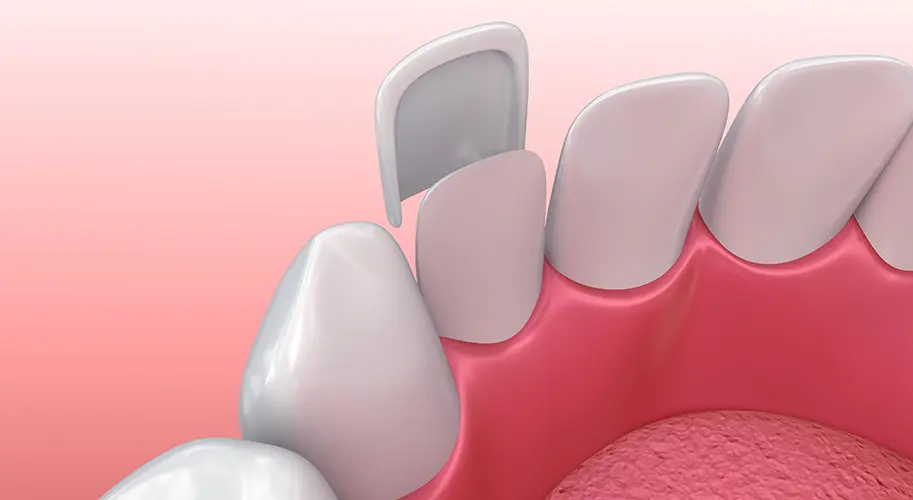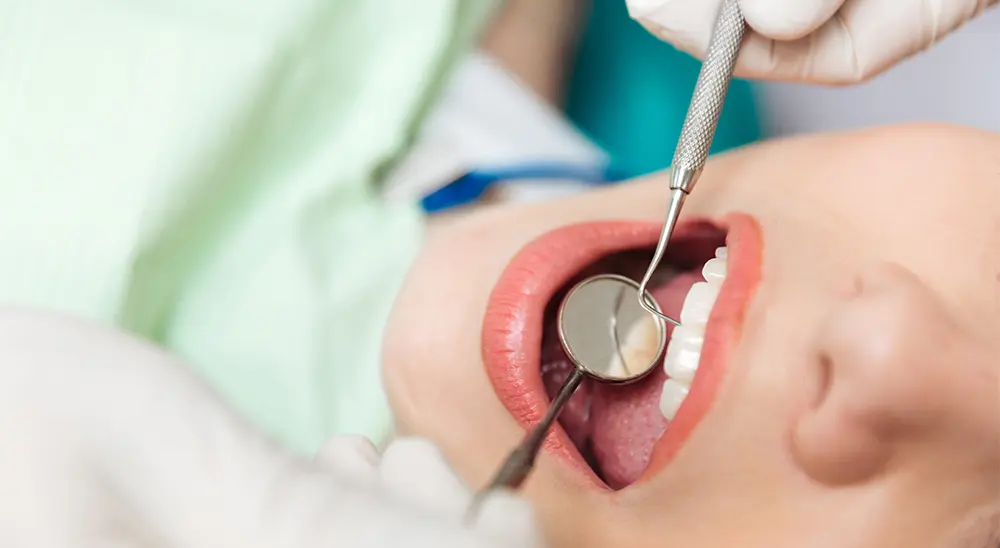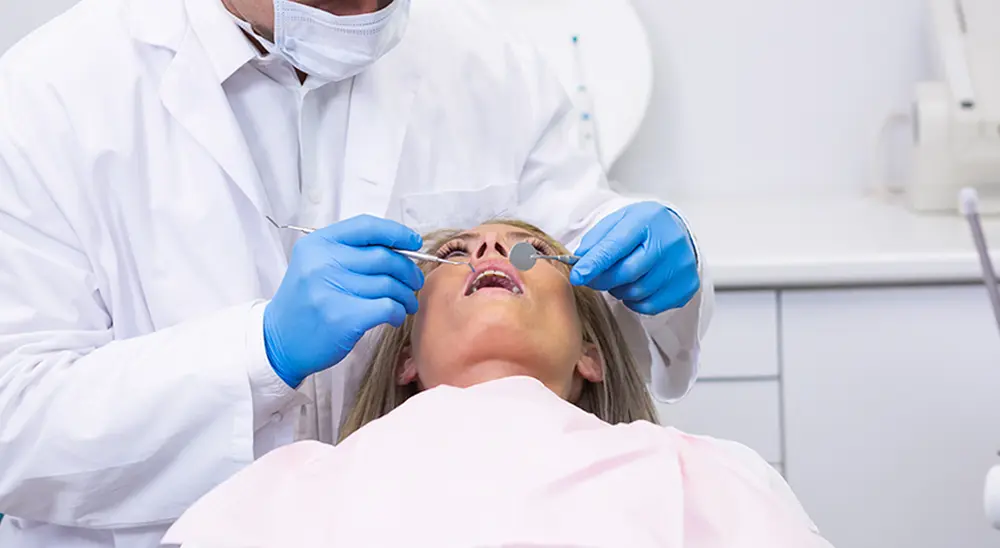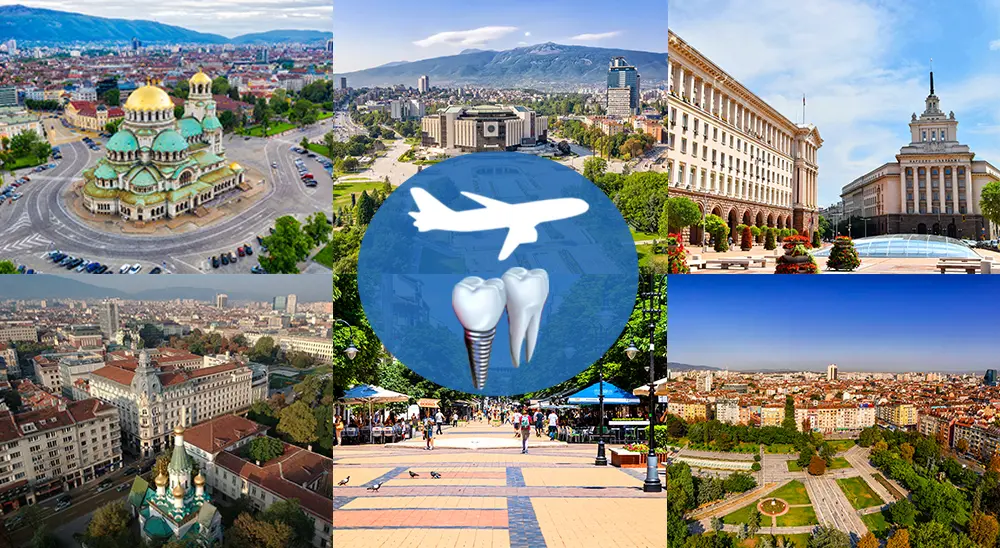
Zahnimplantatbehandlung in Sofia (Teil 2)
Alles über Zahntourismus in Bulgarien
Wie organisieren Sie Ihre Reise nach Sofia, wo übernachten Sie und welche Sehenswürdigkeiten können Sie besuchen? Im ersten Teil dieses Artikels haben wir Ihnen erklärt, was Zahntourismus ist, warum Sie Bulgarien auswählen sollten, warum Sie der bulgarischen Medizinern vertrauen sollten und auch warum Sie Ihre Behandlung in der Nurident Zahnklinik durchführen sollten. Außerdem haben wir auch die Preise der Flugtickets nach Sofia erwähnt. Im zweiten Teil erfahren Sie, welche Sehenswürdigkeiten Sie in Sofia besuchen können und welche Hotels wir Ihnen für Ihren Aufenthalt empfehlen.
Welche sind die besten Hotels in der Nähe der Nurident Zahnklinik?
1. Best Western Lozenetz Hotel
3 Sterne (Nurident verwendet Vorzugspreise)
Weitere Informationen finden Sie hier: http://www.lozenetzhotel.com/en/
2. Hemus Hotel
3 Sterne (Nurident verwendet Vorzugspreise)
Weitere Informationen finden Sie hier: https://www.hemushotels.com/en/home-en/home-en.htm
3. Maison Sofia Hotel
4 Sterne
Weitere Informationen finden Sie hier: https://maisonsofia.com/
4. Olive’s Hotel
4 Sterne
Weitere Informationen finden Sie hier: http://olives-city-hotel.cityhotelssofia.com/en/
5. Marinela Hotel
4 Sterne
Weitere Informationen finden Sie hier: https://www.hotel-marinela.com/
Hill Hotel
4 Sterne
Weitere Informationen finden Sie hier: https://www.hillhotel-sofia.com/
Welche Sehenswürdigkeiten können Sie in Sofia besuchen?
1. Nationaler Kulturpalast (NDK) –

Der Nationale Kulturpalast wurde als besonderes Zentrum für Konferenzen, Kongresse, Ausstellungen und Konzerte eingerichtet. 2005 wurde der Nationale Kulturpalast zum besten Kongresszentrum der Welt gewählt und ist seit 30 Jahren Mitglied der International Association of Congress Palaces, da er mit einer Gesamtfläche von 123.000 Quadratmetern der größte in Südosteuropa ist.
2. „Alexander Newski“ Kathedrale –

Die Kathedrale „Der Heilige Alexander Newski“ ist mit einer Fläche von 3170 m² die größte orthodoxe Kirche in Bulgarien. Es wurde im Zentrum der bulgarischen Hauptstadt Sofia erbaut und ist eine Art Symbol für die Befreiung Bulgariens von der jahrhundertealten osmanischen Herrschaft.
Der Tempel wurde 1912 fertiggestellt und die Hauptkuppel ist 45 Meter hoch. Viele bulgarische, russische und deutsche Meister und Künstler sind an der Bemalung, Einrichtung und dem Bau des Innenraums beteiligt. Der Glockenturm der Kathedrale ist 53 m hoch.
3. Nationalmuseum „Erde und Menschen“ –

Das Nationalmuseum „Erde und Menschen“ ist mit einer Fläche von 4000 qm eines der größten Mineralogiemuseen der Welt.
Das Museum verfügt über beeindruckende Exponate wie „Riesenkristalle“, „Mineralien der Erde“, die die Mineralvielfalt des Planeten darstellen und sowohl sehr seltene als auch häufig vorkommende Mineralien enthalten. Das Museum beherbergt auch die beeindruckende Ausstellung „Edelsteine“, die schöne und seltene Edelsteine zeigt, sowie „Mineralien Bulgariens“, wo Sie eine Ausstellung von 250 Mineralarten sehen können.
4. Boyana Kirche –

Die Boyana-Kirche ist ein bemerkenswertes Denkmal bulgarischer und osteuropäischer Kunst und gehört zum UNESCO-Weltkulturerbe. Die Wände der Kirche sind vollständig mit einzigartigen Fresken von mehr als 240 Bildern bemalt und ihre Integrität ist bis heute erhalten. Eines der letzten Fresken in der Boyana-Kirche wurde um 1882 angefertigt und zeigt ihre Beschützer – St. Nicholas und St. Panteleimon.
5. Ivan Vazov Nationaltheater

Das Ivan Vazov Nationaltheater ist die erste Theaterbühne und im Allgemeinen das erste Theaterinstitut in Bulgarien. Das zwischen 1924 und 1928 erbaute Theater hatte schon damals eine spezielle Mechanisierung, welche nur die renommiertesten Theater der Welt haben. Das Repertoire des Theaters umfasst sowohl die prominentesten Vertreter der Klassiker als auch die zeitgenössische Welt und bulgarische Dramas.
6. „Die Heilige Sofia“ Kirche

Viele glauben, dass der Name der Hauptstadt von Bulgarien – Sofia – mit dem Namen des Märtyrers Sofia verbunden ist, dessen Andenken in Bulgarien am 17. September geehrt wird. An diesem Tag ist auch der offizielle Feiertag von Sofia. Die Wahrheit ist jedoch anders, die Stadt Sofia trägt den Namen der Kirche „ Die Heilige Sophia“, die wiederum den Namen der Weisheit Gottes trägt. Die Kirche wurde im 6. Jahrhundert erbaut und war ursprünglich ein Friedhof. Heute ist sie eine der ältesten und wichtigsten Stätten in Sofia.
7. Die gelben Pflastersteine

Die gelben Pflastersteine bedecken etwa 60.000 Quadratmeter vom Zentrum Sofias. In ihrem zentralsten Teil befinden sich einige der wichtigsten Gebäude unserer Hauptstadt – die Nationalversammlung, der Ministerrat, der ehemalige Königspalast, das Nationaltheater Ivan Vazov, von dem wir Ihnen bereits erzählt haben, und eine Reihe anderer staatlicher, kultureller und öffentlicher Institutionen.
8. Vitosha Boulevard, besser bekannt als „Vitoshka“ –

Vitoshka ist die größte Fußgängerzone in der Stadt Sofia und um die sich rund herum eine Reihe von Kulturdenkmälern befinden. Auf Vitosha können Sie ungestört von Autos und Radfahrern spazieren gehen, leckeres Essen genießen und die Vielfalt aller Arten von Geschäften für Kleidung, Kosmetik und Schmuck erkunden.
9. „Die Heilige Nedelya“ Kirche

Die Kirche der Heiligen Nedelya wurde im Mittelalter auf den Überresten der antiken römischen Stadt Serdica gegründet. Es wird angenommen, dass die orthodoxe Kirche im 10. Jahrhundert erbaut wurde und ihr architektonischer Stil an den byzantinischen Bau erinnert.
Die Kuppel der Kirche „Sveta Nedelya“ ist 31 Meter hoch und es verstecken sich 11 Glocken darunter. Alle Wände des Tempels sind gestrichen. Die Kirche hat eine zweireihige vergoldete Ikonostase, und im Altar befinden sich drei Throne.
10. Banja-Baschi-Moschee

Es wird angenommen, dass die Banja-Baschi-Moschee im Jahre 974 des islamischen Kalenders erbaut wurde, da diese Zahl auf dem Bogen über der Tür abgebildet ist. Es wird angenommen, dass ihr Erbauer der große Architekt Kodja Mamar Sinan Janissary ist, von dem bekannt ist, dass er über 81 Moscheen gebaut hat, darunter die berühmte Selimiye-Moschee in Edirne. Die Moschee war Teil eines größeren Badekomplexes und erhielt von dort ihren Namen.
Das Minarett der Moschee ist ein exquisites architektonisches Werk und laut Evliya Çelebi (osmanischer Reisender, Reiseschriftsteller, Dichter und Historiker) von unvergleichlicher Schönheit.
11. Nationale Kunstgalerie

In der nationalen Kunstgalerie können Sie die wunderbaren Werke der größten bulgarischen Künstler genießen, und das Gebäude, in dem sich die Galerie befindet, war der ehemalige königliche Palast. Das Gebäude wurde 1879 vom Wiener Architekten Rupelmeier entworfen und gebaut.

2- Hemus Hotel
3 stars (Clinic NuriDent uses preferential prices)
For more information click here: https://www.hemushotels.com/en/home-en/home-en.htm

3- Maison Sofia Hotel
4 stars
For more information click here: https://maisonsofia.com/

4- Olive’s hotel
4 stars
For more information click here: http://olives-city-hotel.cityhotelssofia.com/en/

5- Marinela Hotel
4 stars
For more information click here: https://www.hotel-marinela.com/

6- Hill Hotel
4 stars
For more information click here:https://www.hillhotel-sofia.com/

If these options do not satisfy your expectation, you can always choose a place of your choice through www.booking.com, , www.airbnb.com and other applications.
The sights you can visit in city Sofia?
1- National Palace of Culture (NDK)

NDK has been built to resemble a place for, a special center for conferences, congresses, exhibitions, and concerts. In the year 2005 NDK was chosen as the best congress center in the world and 30 years it is part of The International Association of Congress Palaces, and NDK being the biggest in Southeast Europe (with a total area of 123 000 sq.m)
2- ‘Alexander Nevsky’ Cathedaral

Cathedral ‘Saint Alexander Nevsky’ is the biggest orthodox church in the country, with the area of 3170km.m. Built-in the center of the capital of Bulgaria- Sofia, it resembles a symbol of the liberation of Bulgaria from the centuries of the old Ottoman rule.
The Cathedral is completed during the year of 1912, as the main dome is 45 meters high. In painting, furnishing and interior, a lot of Bulgarian, Russian and German masters and painters took part during its creation. The bell tower of the cathedral is 53m high.
3- The national museum ‘Earth and People’
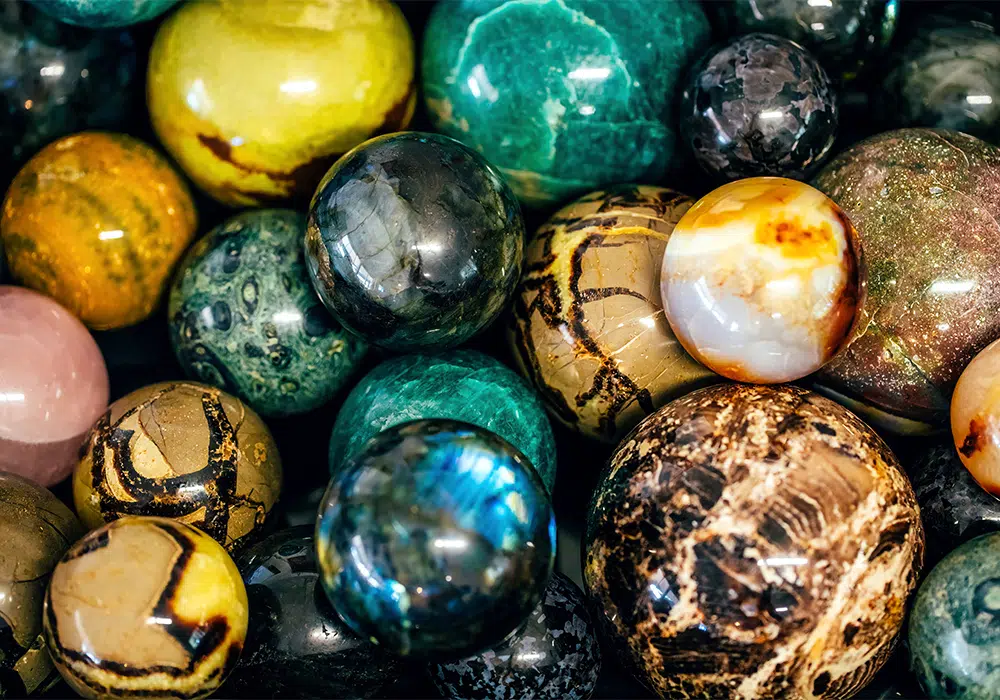
The national museum ‘Snake and people’ is one of the biggest museums for mineralogy in the world, with an area of 4000km.m
The museum has impressive exposures such as ‘Gigantic crystals’, ‘Minerals of the earth’, which represented the diversity of the planet and includes both very rare and common minerals. The museum also houses the impressive exposures of ‘Precious stones’, which contains beautiful and rare stones, additionally the museum presents ‘Minerals of Bulgaria’, which are special exposures of 250 different types of minerals.
4- Boyana Church
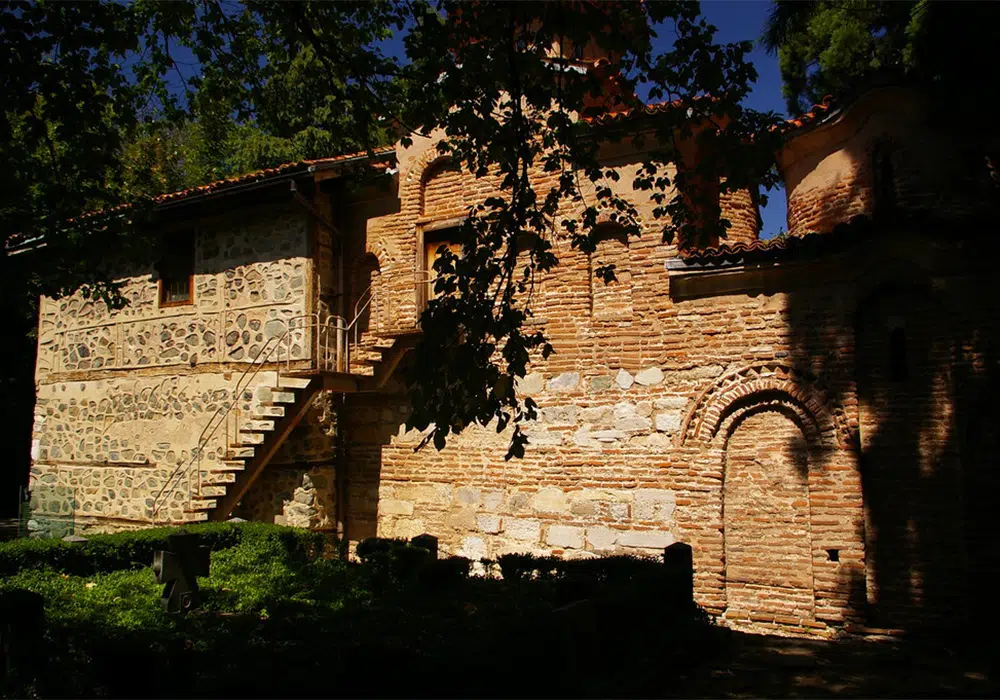
The Boyana Church is a remarkable monument of the Bulgarian and the Eastern European art and is included in the UNESCO World Heritage List. The walls of the church are completely painted with unique murals of more than 240 images, and their integrity is preserved to this day. Some of the last frescoes in the Boyana Church were made around the year of 1882 and depict her cartridge- Saint Nicholas and Saint Panteleimon.
5- National theater ‘Ivan Vazov’
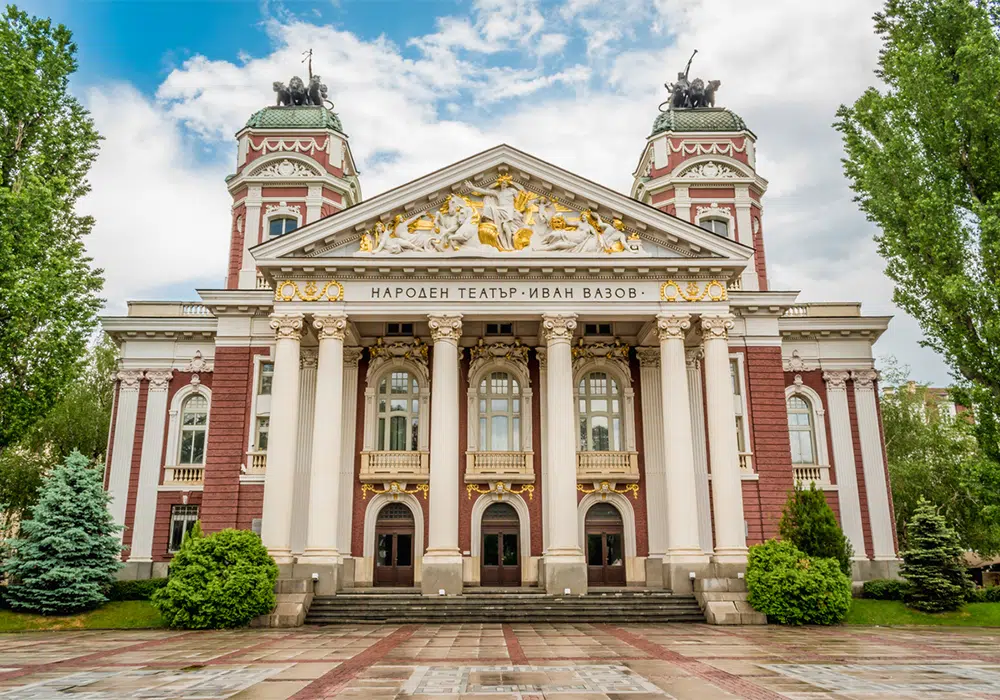
National theatre ‘Ivan Vazov’ is the first theatrical stage and overall the first theatrical institute in Bulgaria. Built-in the period between the year1924-1928, even then the theatre had special mechanisms, which only the most prestigious theatres in the world had built-in. The repertoire of the theatre includes both the most prominent representatives of the classics and contemporary world and Bulgarian drama.
6- Church ‘St. Sofia’
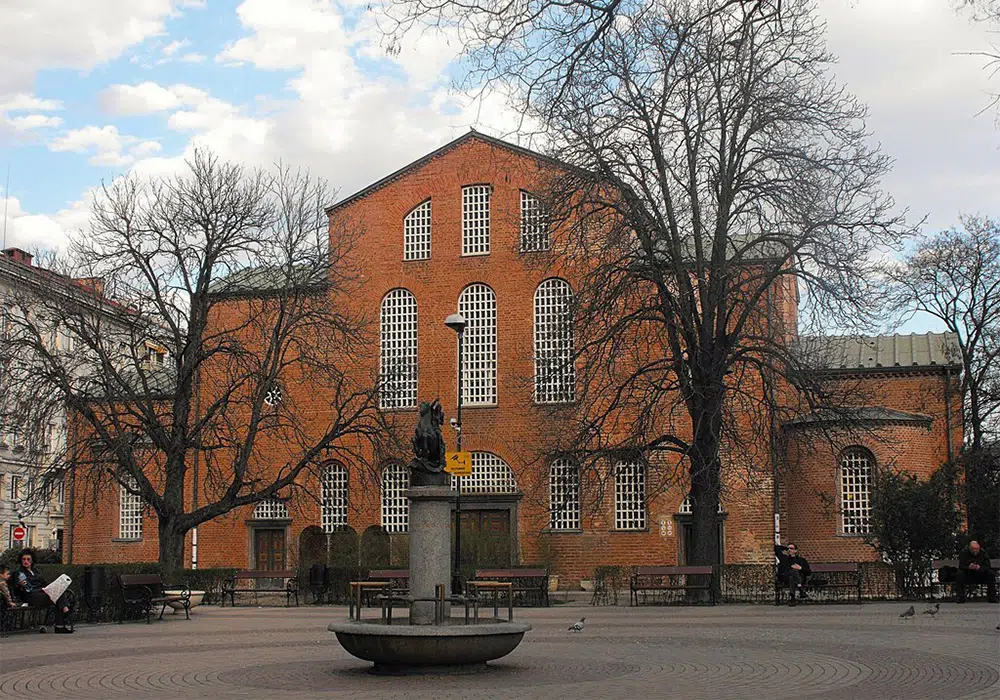
Many think, that the name of the capitol in Bulgaria- Sofia is connected to the martyr Sofia, whose memory in Bulgaria is honoured on September 17, this date is also an official holiday of Sofia. The truth, however, is different, city Sofia carries the name of the cathedral ‘St. Sofia’, and the cathedral carries the name of God’s Wisdom. The church is built during the 6th century and originally it was a cemetery temple, but today it is one of the oldest and most important sites in Sofia.
7- Yellow paves
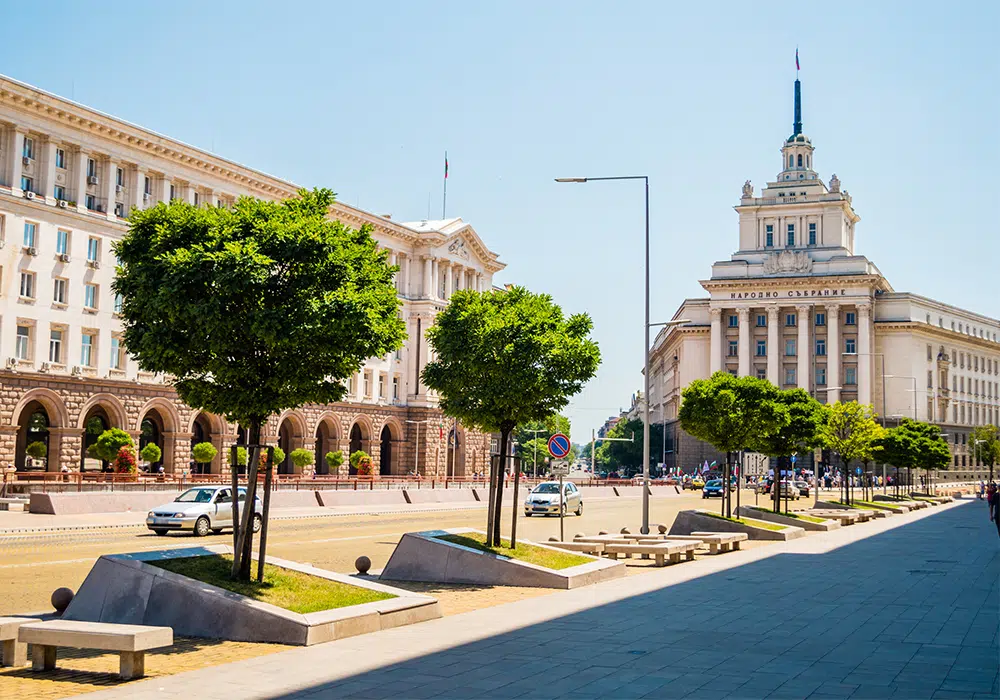
The yellow paves cover around 60 000km.sq. of Sofia center.
Most important buildings for our capital are located in the central parts of Sofia center- the National Assembly, the Council of Ministers, the Former Royal Palace, the National Theater Ivan Vazov, which we have already told you about, and a number of another state, cultural and public institutions.
8- Bulavard Vitosha, known by the name ‘Vitoshka’
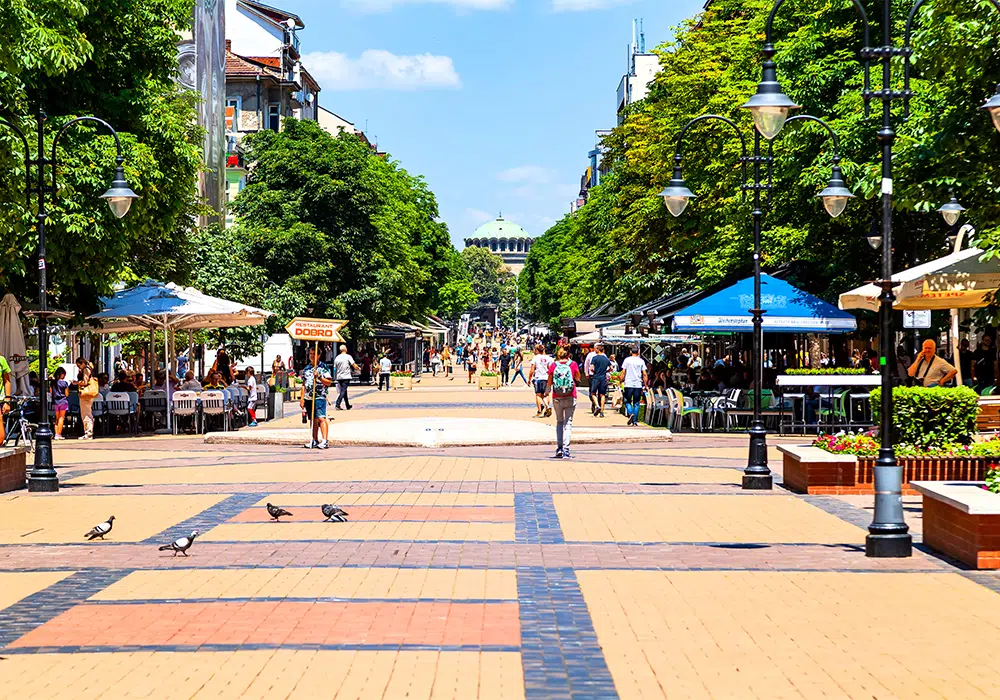
‘Vitoshka’ is one of the largest pedestrians walks in city Sofia, around it you can find several cultural monuments. You can walk on ‘Vitoshka’ without the worry of car traffic or cyclists getting in your way. You can dine out, with the many choices of restaurant around ‘Vitoshka’, and you can also enjoy and explore the wide variety of clothing, cosmetics, and jewellery shops.
9- Church ‘St. Nedelya’
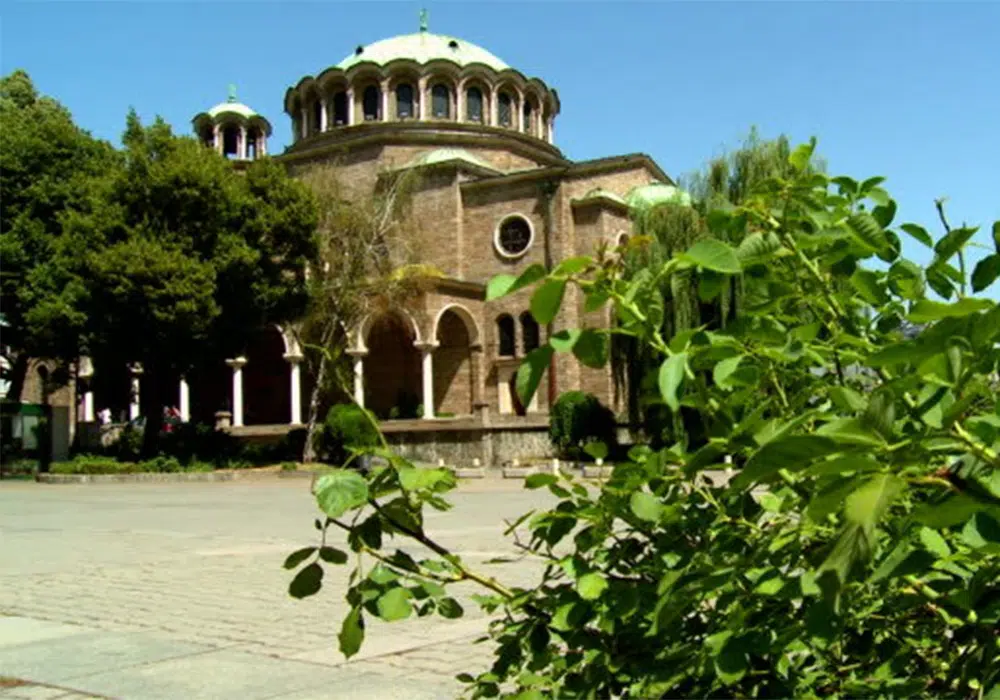
Church ‘Holy Sunday’ is built during the Middle Ages on top of the remains of an ancient Roman city ‘Serdika’. It is thought that the orthodox cathedral is built back in the 10th century, and its architectural style is reminiscent of Byzantine construction.
The dome of the temple ‘Holy Sunday’ is high 31 meters, and beneath it there are 11 bells. All the walls of the temple are painted. The church has two-row gilded iconostasis, and in the altar, there are three thrones.
10- Bath Bashi Mosque
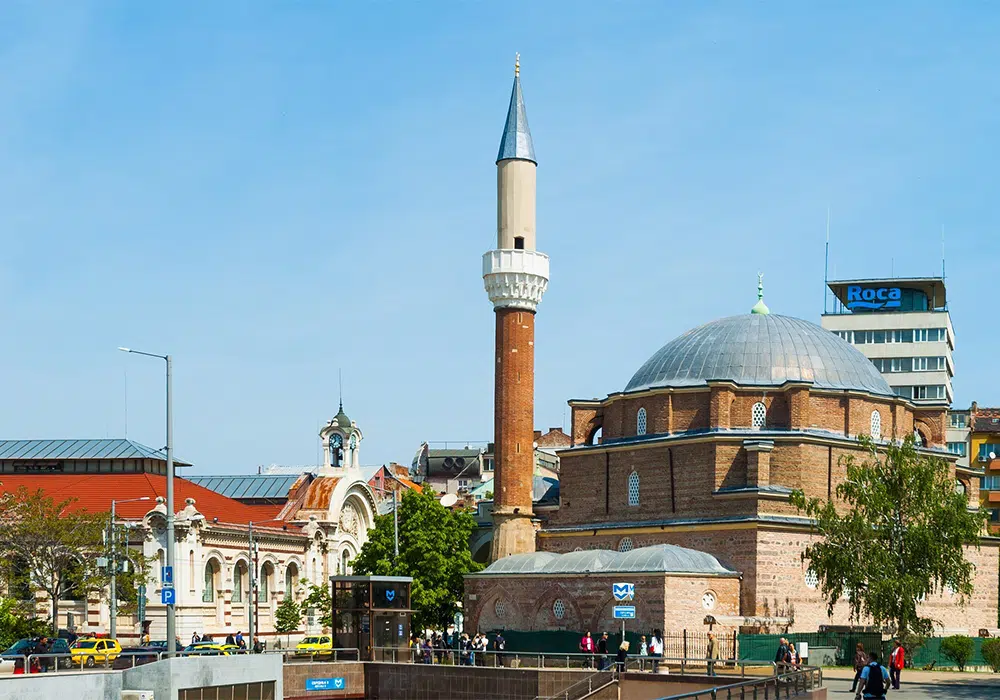
It is believed that Bath Bashi Mosque is built during the year 974 in the Islamic calendar, because of the figure depicted on the arch above the door. Its builder is believed to be the great architect Kodja Mamar Sinan Janissary, who is known to have built over 81 mosques, including the famous Selimiye Mosque in Edrine. The mosque was part of a larger bathing complex, and from there it inherited its name.
The minaret of the mosque is an exquisite architectural work, and according to Evliya Chelebi (Ottoman traveller, travel writer, poet and historian), it was unparalleled in beauty.
11-National Art Gallery
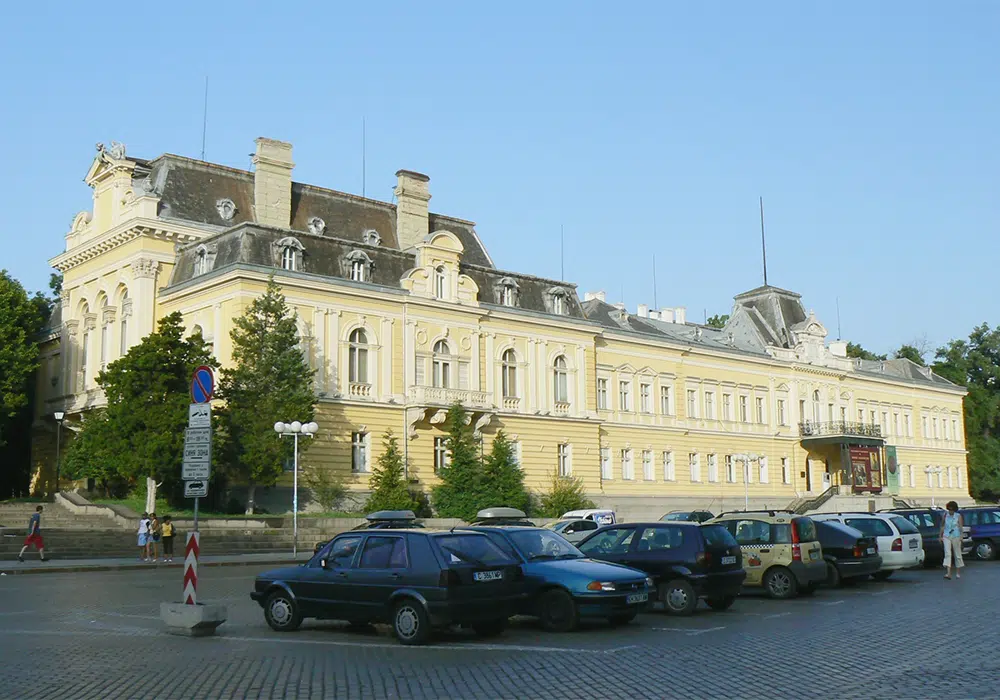
In the National Art Gallery, you can enjoy the art pieces of the biggest Bulgarian artists. The building in which the gallery is located was the former royal court. The building was designed and built-in 1879 by the Viennese architect Rupelmeier.



